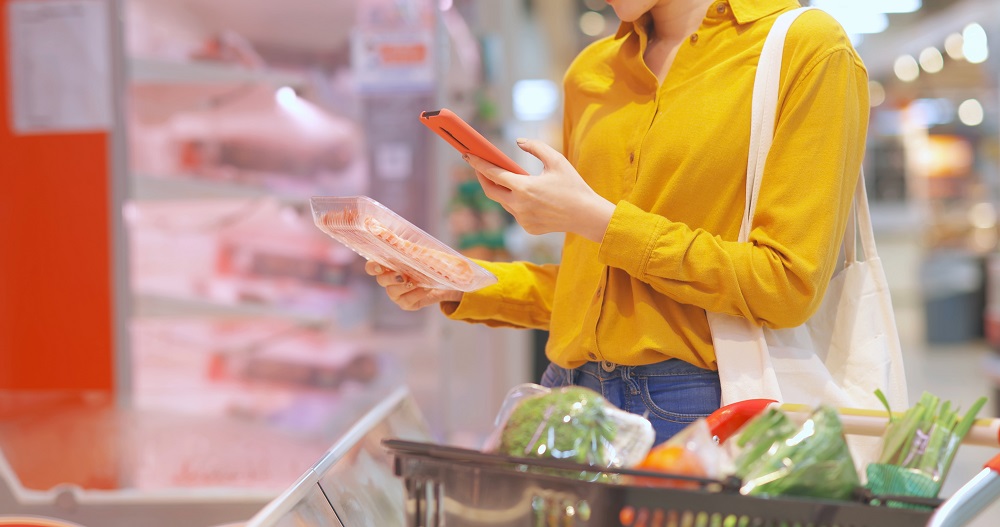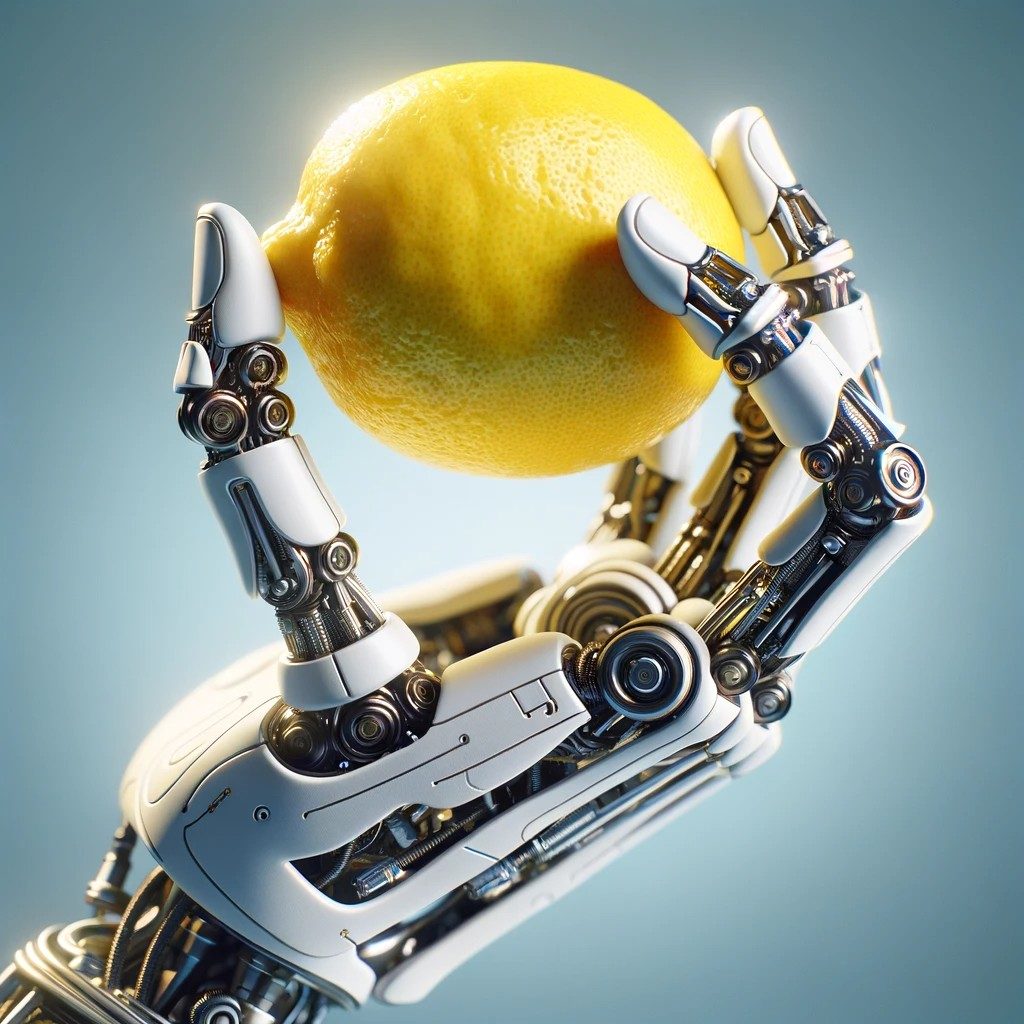In an era where technological advancements are reshaping various industries, the grocery sector is not far behind. Major players in the grocery market are increasingly integrating Artificial Intelligence (AI) into their in-store operations, aiming to enhance efficiency and customer experience. This shift towards AI-based solutions marks a significant move from previous practices where AI was largely utilized behind the scenes or for online purposes.
Enhancing store operations with AI
Sam’s Club and Kroger are among the leading names making strides in incorporating AI technology in physical stores. Sam’s Club has introduced an AI and computer vision-based system for verifying customer receipts upon exit, a move intended to streamline the checkout process and reduce the need for manual inspections. This system is set to be implemented across its approximately 600 stores following its initial launch in 10 locations.
Kroger is leveraging AI differently, focusing on self-checkout solutions. The company has implemented AI-enhanced cameras to monitor self-checkout lanes, aiming to prevent theft and improve the accuracy of self-service transactions. These measures not only aim to enhance operational efficiency but also improve the customer shopping experience by reducing waiting times.
Another innovative example comes from Geissler’s Supermarkets, which plans to replace most of its traditional shopping carts with Instacart’s AI-powered Caper Carts. These smart carts are designed to automatically identify and scan products as they are added by shoppers, facilitating a more seamless checkout process. Additionally, these carts offer personalized promotions linked to customer loyalty accounts, potentially increasing customer engagement and satisfaction.
The impact on labor and customer experience
The integration of AI in grocery stores is not solely about technology; it’s also a strategic response to the current challenging labor market. Melissa Minkow, director of retail strategy at CI&T, highlights the importance of optimizing employee time in enhancing customer interactions. By automating routine tasks, employees can focus more on customer service, potentially leading to a more satisfying shopping experience.
This technological shift is also seen as a way to combat the steep learning curve associated with self-service technologies. While self-checkout lanes transfer some responsibilities to customers, AI can help streamline this process, reducing potential frustration. However, challenges remain, as evidenced by incidents of AI inaccuracies, such as a case where a customer was mistakenly accused of theft in a self-checkout lane at Kroger.
Despite these hurdles, the trend towards AI in grocery stores is expected to grow. A joint 2023 report by The Food Industry Association, Grocery Doppio, and Wynshop indicates a projected 400% increase in AI spending by grocers before the next year. This investment is primarily focused on areas such as merchandising, marketing, and supply chain, highlighting the diverse applications of AI in the grocery sector.
Balancing technology and human experience
As AI technology becomes more prevalent in grocery stores, there’s a delicate balance to be struck between technological efficiency and the human aspect of shopping. While AI can significantly improve operational aspects like checkout speed and inventory management, retailers must ensure that the technology enhances rather than detracts from the customer experience.
Sudip Mazumder, North America retail industry lead for Publicis Sapient, emphasizes the importance of this balance. The adoption of AI in stores presents a learning curve for both customers and employees. While it can make shopping more efficient, it’s essential to ensure that these technologies are user-friendly and do not add to consumer frustrations.
The grocery sector’s ongoing transformation through AI showcases the potential of technology to reshape traditional retail practices. As grocers continue to experiment and refine AI applications, the future of shopping seems poised for even more significant changes, focusing on efficiency, personalization, and enhanced customer experiences.





